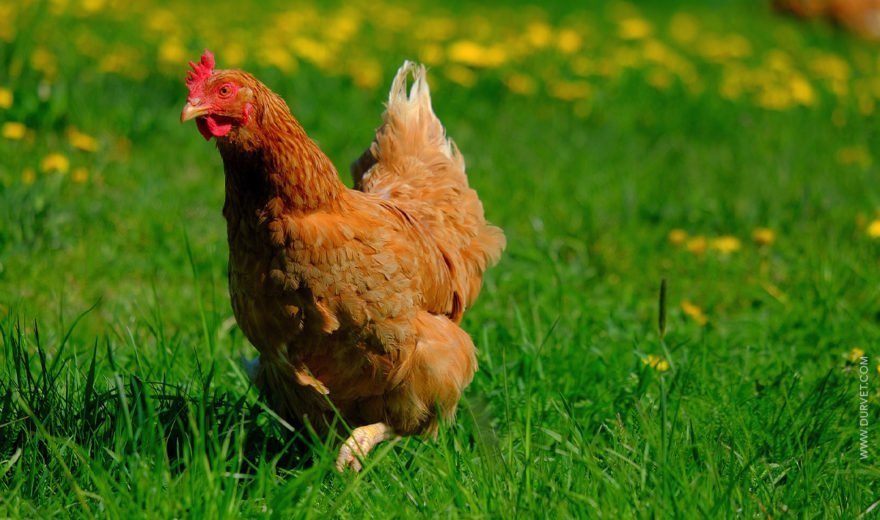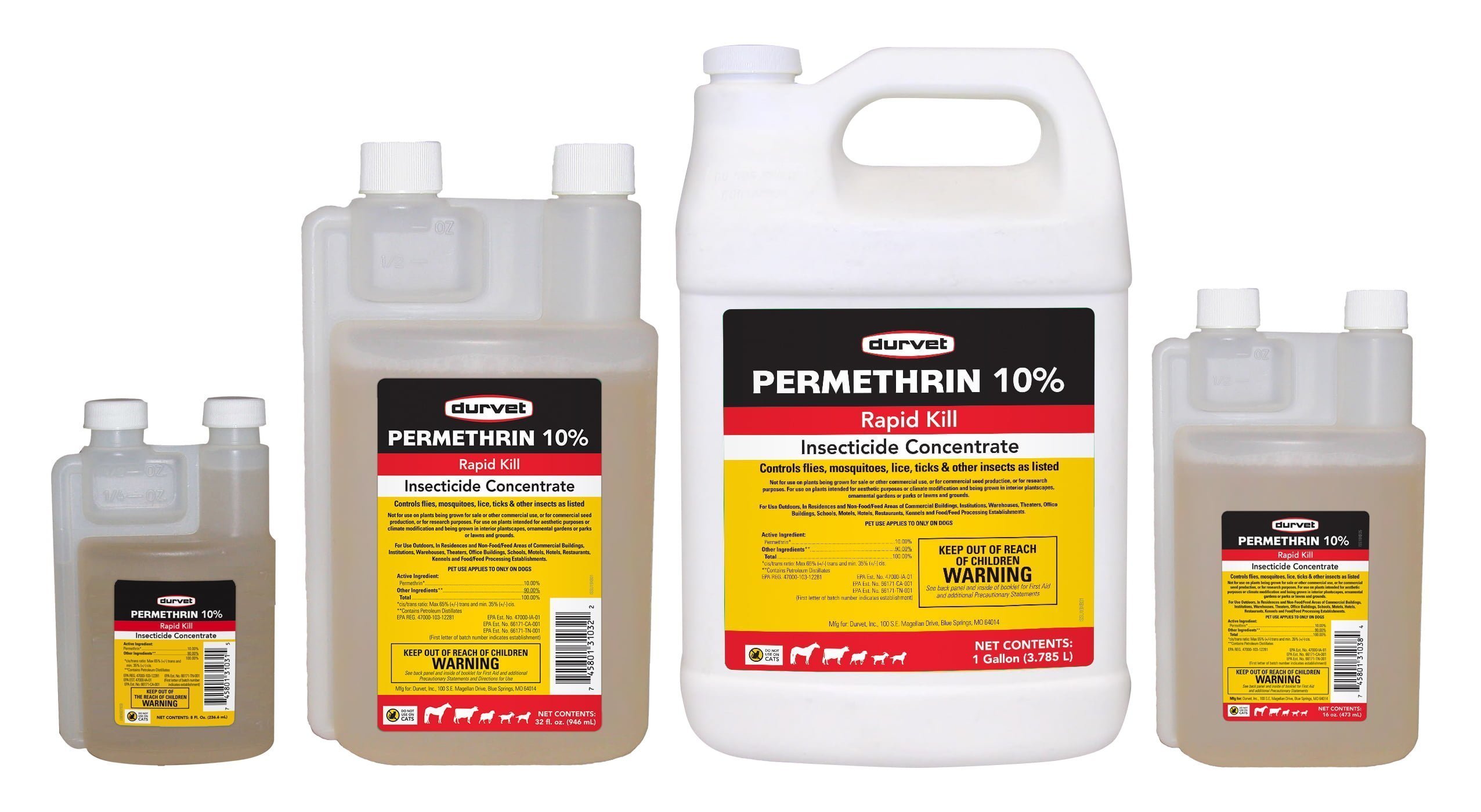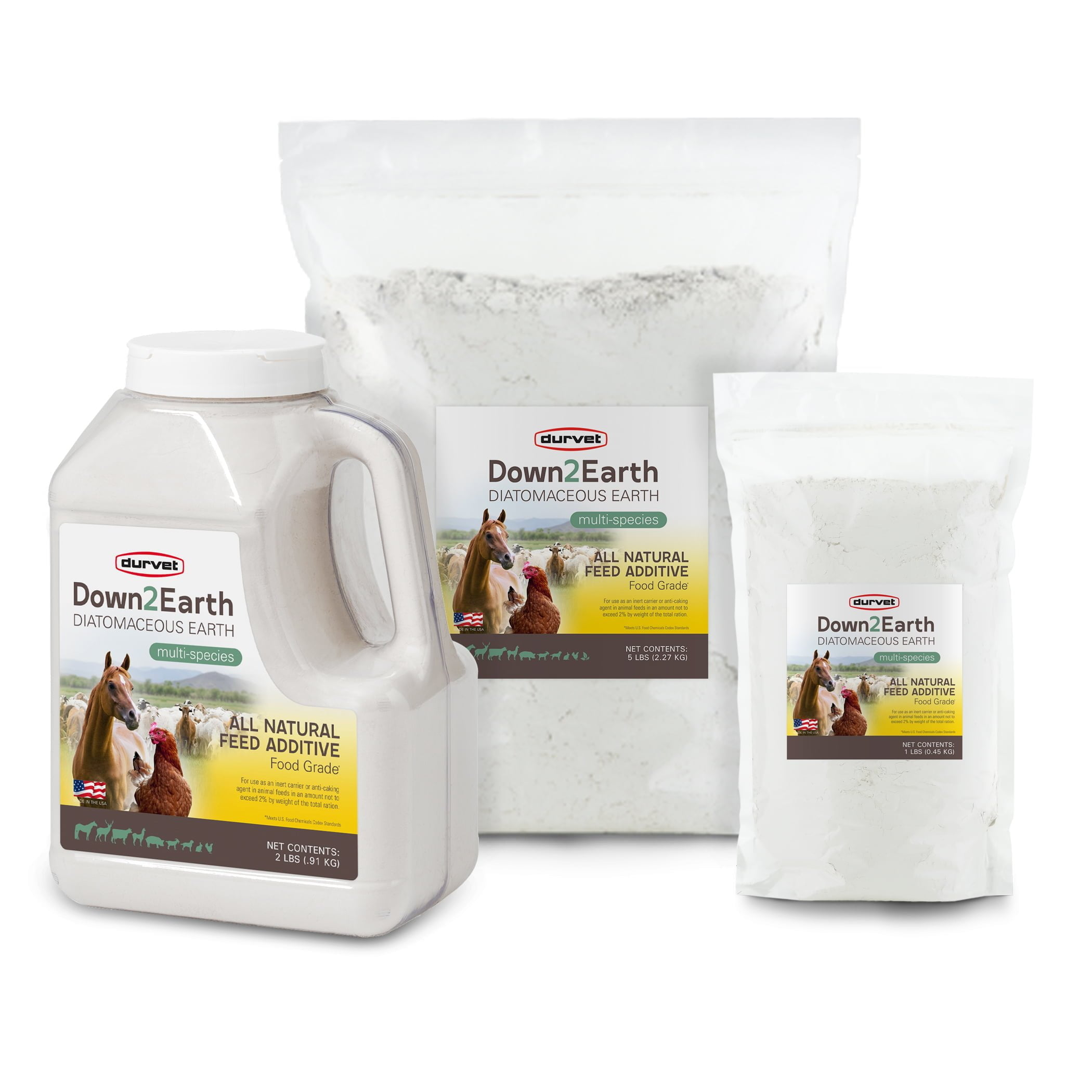
Did you know that even chickens can become infested with lice? It doesn't particularly mean that you aren't keeping a clean coop, as mites and lice are a natural occurrence of every environment. Poultry lice feed on dead skin, feather debris, blood and anything else they can find on the chicken. Lice spread fast and cause problems for the entire flock. The ability to recognize early signs and symptoms of an infestation and treating the flock quickly is important to avoid health issues.
Identification
Lice are easy to identify and with regular monitoring, infestations can be stopped before they get out of control. Poultry lice are fast-moving and can be found crawling at the base of feathers. They easily spread from chicken to chicken through direct contact.
When chickens become infested with poultry lice, you may notice the following symptoms:
- Small, fast-moving lice at the base of the feathers
- Dirty looking vent feathers
- Nits in the feather shafts below the vent
- Drop in egg production
- Redness or scabs on the skin
- Feather pulling
Prevention
Mites and lice are common and typically brought into backyard environments by wildlife. Chickens are self-aware and often know that they have a lice problem before you do. With proper prevention methods, you can avoid huge infestations in your flock.
- Monitoring - by monitoring your entire flock, you can catch lice early and prevent severe infestations.
- Cleaning - clean the coop often, disposing of loose feathers that may carry external parasites.
- Quarantine - always quarantine new birds and monitor them for at least 30 days before introducing them to the flock.
- Dusting - provide dusting areas for chickens to care for their skin and feathers naturally. Most of the time, regular dust baths can keep lice infestations at bay.
Treatment
Generally, chickens can handle a few mites and lice here and there. A dust bath will often slow an infestation, but real health issues can start if they become overrun with lice. Lice can multiply and take over the chicken quickly. If not treated, lice can cause anemia, which weakens the immune system and can lead to more serious infections and diseases.
When lice, nits or mites are found on one bird, the entire flock and coop must be treated. Treating lice can be hard, so doing things thoroughly and properly the first time around can help to save time and make the chore less painful. The following steps will work for early stages of an infestation:
- Move chickens from the coop
- Treat chickens naturally with a dust bath
- Supplement chickens with iron - some chickens may lose red blood cells and develop anemia
- Feed protein - if the flock is weak due to being infested, giving them protein-rich treats will supply energy for the chickens to start recovering
- Clean the coop from top to bottom
- Insecticides - if your flock has a severe infestation, use an insecticide that contains Pyrethrin
- Repeat - treatment for lice and mites must be repeated at least twice in order to kill the nits that were not hatched at the time of the first treatment
Unfortunately, poultry lice is a common issue and most backyard flocks will become infested at some point. Regular monitoring and preventing is the key to preventing a severe infestation and other health issues in your flock.
Sources: The Chicken Chick, Poultry Keeper, The Happy Chicken Coop

 BACK TO MAIN BLOG
BACK TO MAIN BLOG 



Comment